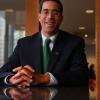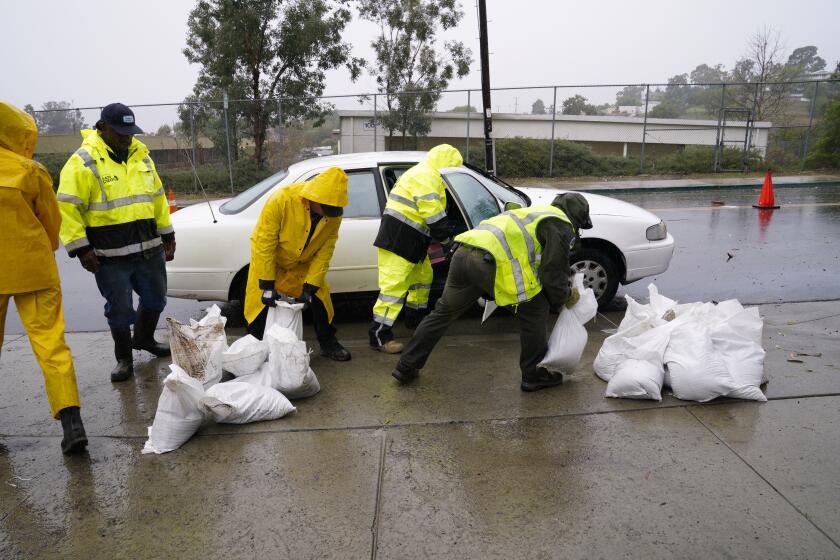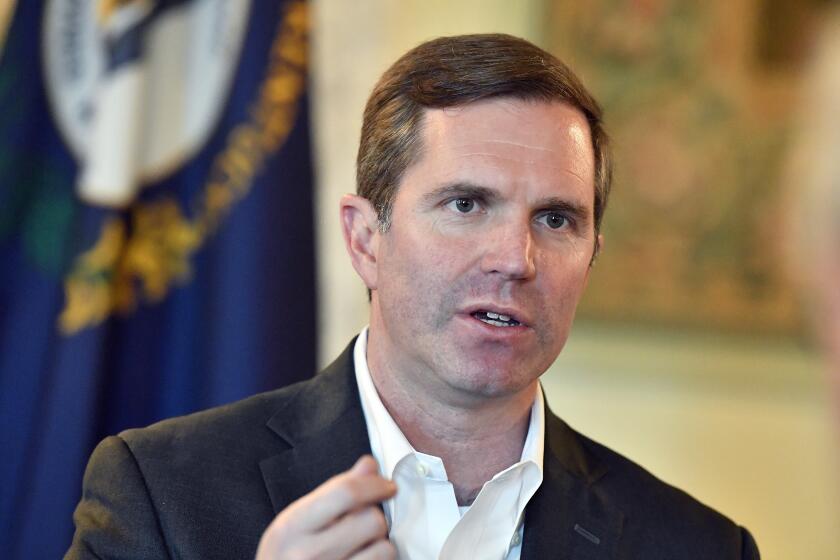EEOC issues ‘capstone’ COVID-19 guidance

May 11, 2023, marked the end of the federal COVID-19 public health emergency. And yet, while the pandemic officially is over, COVID-19 remains. Employers must continue to follow COVID-19-related guidance and directives from enforcement agencies.
EEOC issues final COVID-19 workplace guidance
Last month, the U.S. Equal Employment Opportunity Commission (EEOC) released its final, or “capstone,” updated guidelines for employers in dealing with COVID-19 in a way that complies with the Americans with Disabilities Act and other federal laws the EEOC enforces. The agency modified its prior guidance on dozens of specific questions, especially questions concerning “long COVID.”
The EEOC provided new guidance on two distinct issues.
First, according to the agency, the end of the public health emergency does not mean employers may automatically discontinue disability accommodations related to the pandemic.
The EEOC explained that the public health emergency declaration was focused on “health care coverage and access to treatment,” not how disabilities needed to be accommodated due to the pandemic and its aftermath. Employers still may have to accommodate those at especially high risk of severe health consequences from COVID-19.
The EEOC added, however, that employers may reevaluate the continued need for specific accommodations on a case-by-case basis. Employers may ask an employee to provide documentation justifying an ongoing need for accommodation and may consider less disruptive or expensive accommodations than those provided during the pandemic.
Second, the EEOC identified examples of potential reasonable accommodations for employees with long COVID. Brain fog — which even a major new National Institutes of Health study identifying 12 common symptoms of long COVID only vaguely defines — may be accommodated by a quiet work space, use of noise canceling or white noise devices, and uninterrupted worktime. Alternative lighting may address headaches. Flexible scheduling or telework may address fatigue. The EEOC suggests employers consult the Job Accommodations Network for other possible accommodations for specific symptoms of long COVID.
Cal-OSHA updates guidance
On Feb. 3, 2023, non-emergency COVID-19 regulations of the California Occupational Safety and Health Standards Board went into effect. Most of those regulations will remain in effect until Feb. 3, 2025. The agency most recently updated guidance on these regulations in April.
Under the current regulations, employers may address COVID-19 workplace hazards in their comprehensive Injury and Illness Prevention Plan, instead of the formerly required standalone plan. Employers also are no longer required to pay employees while they are excluded from work for COVID-19, but instead must inform their employees about COVID-19-related benefits available from the employer or government.
Among other things, employers must still:
· Provide effective COVID-19 prevention training;
· Make COVID-19 testing available at no cost and during paid time off to employees following a “close contact,” as that term has been redefined, with a COVID-19 case in the workplace;
· Notify affected employees of COVID-19 cases in the workplace without disclosing the identity of the infected employee; and
· Exclude employees who test positive for COVID-19 from the workplace for at least five days after symptoms start or after an asymptomatic employee’s first positive test.
The updated April guidance addressed face coverings. Even absent a specific industry or workplace order from the California Department of Public Health, all employers must:
· Provide and ensure use of face coverings during COVID-19 outbreaks in the workplace; and
· Provide and ensure use of face coverings when employees return to work after having COVID-19 until 10 days after COVID-19 symptoms began or, if the person did not have COVID-19 symptoms, after their first positive COVID-19 test, or after a close contact.
Employers have more leeway in addressing COVID-19 in the workplace than they did when public health emergency-related regulations were in effect. Unchanged are employers’ overarching duties to accommodate their employees’ disabilities and to provide a safe and healthful workplace in addressing the stubbornly durable threat of COVID-19.
Dan Eaton is a partner with the San Diego law firm of Seltzer Caplan McMahon Vitek where his practice focuses on defending and advising employers. He also is an instructor at the San Diego State University Fowler College of Business where he teaches classes in business ethics and employment law. He may be reached at eaton@scmv.com. His Twitter handle is @DanEatonlaw
Get U-T Business in your inbox on Mondays
Get ready for your week with the week’s top business stories from San Diego and California, in your inbox Monday mornings.
You may occasionally receive promotional content from the San Diego Union-Tribune.





